There are so many things to do in Siem Reap, from exploring ancient temples to discovering its vibrant markets and floating villages. While Angkor Wat is the city’s star attraction, Siem Reap offers far more than just temple-hopping. Whether you’re a history lover, foodie, or adventure seeker, this guide covers everything you need to know—how to get there, where to stay, and the best ways to experience this unforgettable Cambodian city.
Just so you know, this post contains affiliate links. If you book a tour, hotel, or buy something through one of these links, I may earn a small commission—at no extra cost to you. It helps me keep this blog running and full of travel tips. Thanks for the support!
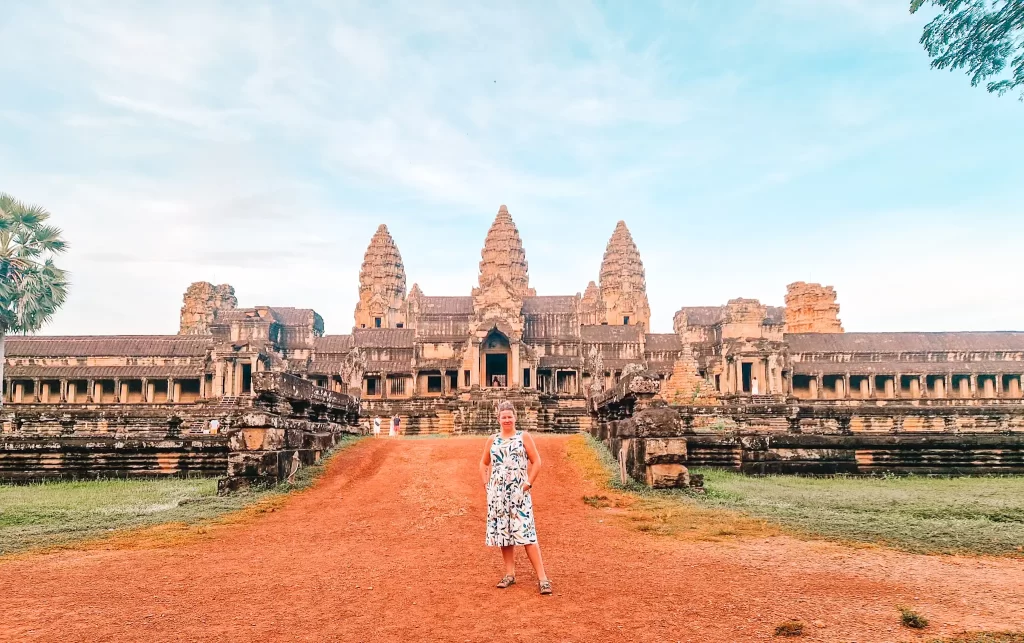
How many days should you spend in Siem Reap
To experience the best things to do in Siem Reap, I suggest spending at least three full days in the city. This allows enough time for the Angkor Wat Grand Circuit (see below) and a visit to Tonle Sap Lake. As Tonle Sap tours are best in the afternoon, you’ll have the morning free to visit a landmine museum, browse the markets, or unwind in one of Siem Reap’s many beautiful cafés.
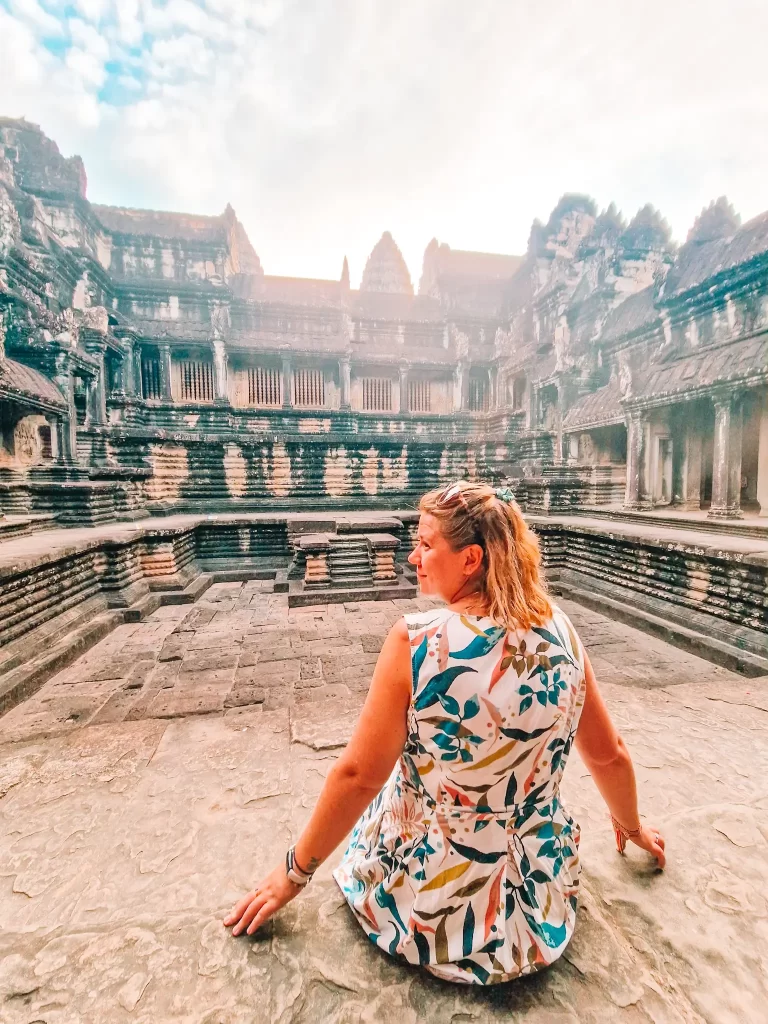
If your schedule allows, adding an extra day can make your trip feel less rushed. There are plenty of things to do in Siem Reap other than temples, and most hotels also have pools, which are great for a couple of hours of downtime. The Grand Circuit of Angkor Wat is intense. Having extra time allows you to rest after two busy days of temple hopping.
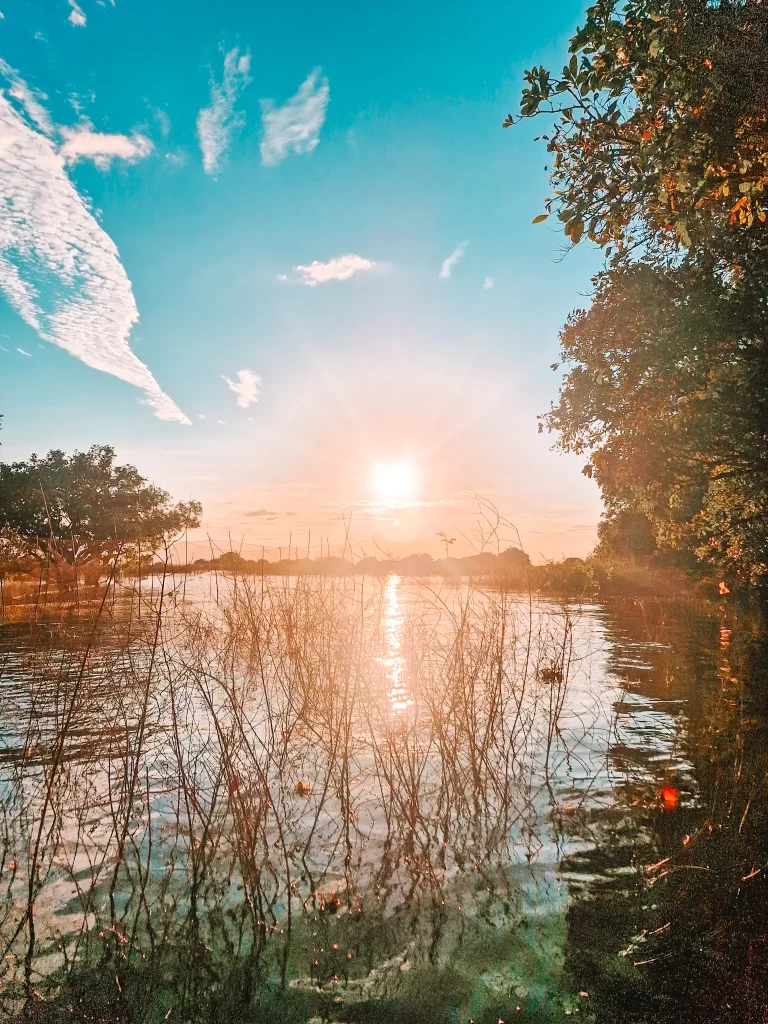
The best things to do in Siem Reap
Angkor Wat
Cost:
| Angkor Wat entry fee | Guided tour Cost |
|---|---|
| 1 day: $37 | Small Circuit/1 day: approximately $20 |
| 3 day: $62 | Grand Circuit/2 day: approximately $40-45 |
| 7 day: $72 |
Top of any list of things to do in Siem Reap is Angkor Wat – it’s almost certainly what you came for. I won’t devote too much time to describing Angkor, as it’s overwhelming and best experienced first hand. There are also many expert guides available that deep dive into the fascinating history of the Khmer Empire.
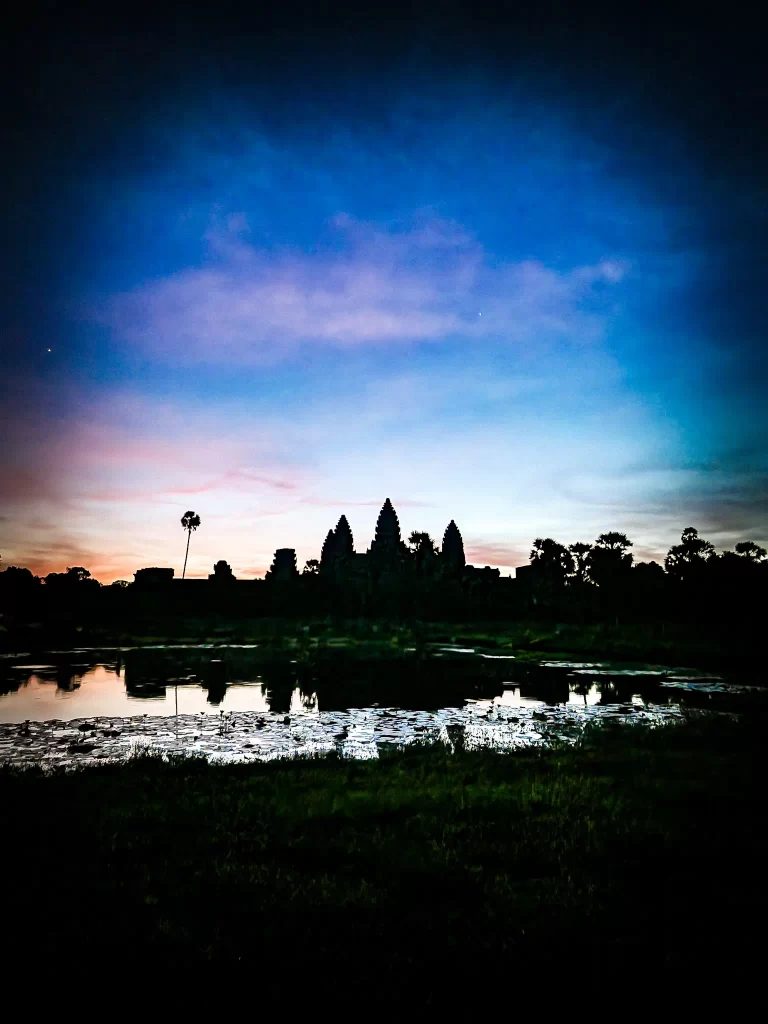
A brief history of Angkor Wat
Like the incredible Borobudur and Prambanan Temples near Yogyakarta in Indonesia, Angkor Wat is a UNESCO Heritage Site. It is one of the most important archeological sites in South East Asia, and one of the most famous in the world. It was built in the 12th century by the Khmer King Suryavarman II, and has over 1000 buildings, making it the largest religious complex in the world. The temple was originally dedicated to the Hindu God Vishnu and the temple walls feature scenes from important Hindu works such as the Ramayana. After the Khmer were defeated by the Cham people (from modern day Vietnam), Jayavarman VII decided that the Hindu gods had deserted the Khmer Empire and rededicated the temple complex to Buddha.
The temple was formally abandoned in the 15th century, although local monks continued to maintain it and it remained a pilgrimage site. French colonialists ‘rediscovered’ it in 1863.
If you’d like to know more about the construction of Angkor Wat, I recommend the novel The King’s Last Song, one of many books about Southeast Asia I read before travelling.
Tips for visiting Angkor Wat
- You can purchase your tickets in advance (recommended) or on the day, when you will most likely need to queue.
- While you can easily go to Angkor Wat independently, I strongly recommend a guided tour. Tours are affordable, and a guide significantly enhances the experience. There is so much to see across the different complexes, but without context, it all becomes a bit overwhelming and difficult to understand. A guide provides historical context and helps you find the best photo spots.
- You’ll need to decide between the Small Circuit (1 day) and Grand Circuit tour.
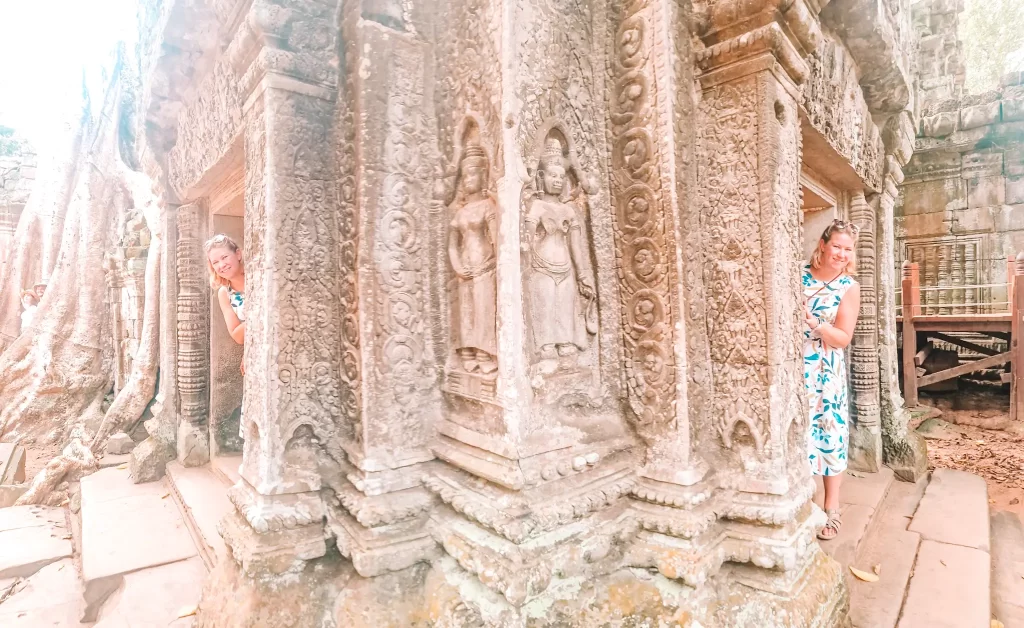
- I highly recommend this tour with Journey Cambodia. Our guide was incredibly knowledgeable, he was funny, and he brought everything to life. He brought an iPad and could show us pictures of bits of Angkor that now reside in different museums around the world, as well as pictures of Cambodians living in Angkor Wat to escape US bombing during the Vietnam War. He was excellent finding the right spots for photos, and took us to quieter spots to get really beautiful shots without people in them.
- Many tours will be via tuk-tuk. While this sounds romantic, remember that Cambodia can get really, really hot. Consider doing your tour in a minivan so that you get aircon breaks – this saved us, particularly on the longer day of the Grand Circuit.
- Angkor Wat is a religious site. You’ll need to have your knees and shoulders covered to visit certain areas – particularly the main tower complex at the heart of Angkor Wat itself. You can buy cheap cover-up clothes in the Old Market in the centre of Siem Reap.
Angkor Wat Circuits: Grand Circuit vs Small Circuit
There are two main Angkor Wat tour options, known as Circuits. I did the two day option, and while it was gruelling, it was worth it.
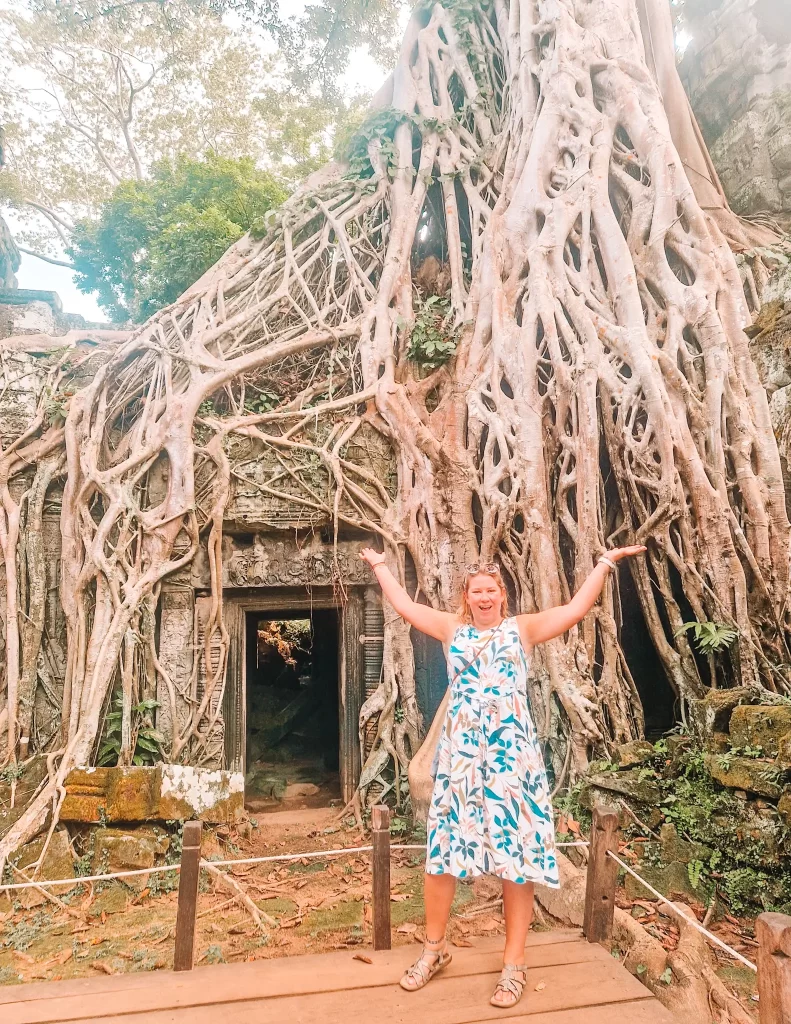
Angkor Wat Small Circuit Tour:
- Angkor Wat
- Angkor Thom
- Tomb Raider tomb
Angkor Wat Small Circuit tours usually take you to Angkor Wat for sunrise, which is a magical experience. They also allow you to see Angkor Wat in a day, if you are short on time. To my surprise, I fell in love with the Tomb Raider temple, and Angkor Wat itself is of course one of the great wonders of the world.
Angkor Wat Grand Circuit Tour:
- Everything on the Small Circuit
- Banteay Srei (intricate pink sandstone carvings)
- Neak Pean (serene island temple)
- Preah Khan (atmospheric ruins)
- Ta Som (less touristy, photogenic spot)
- Other less touristy temples
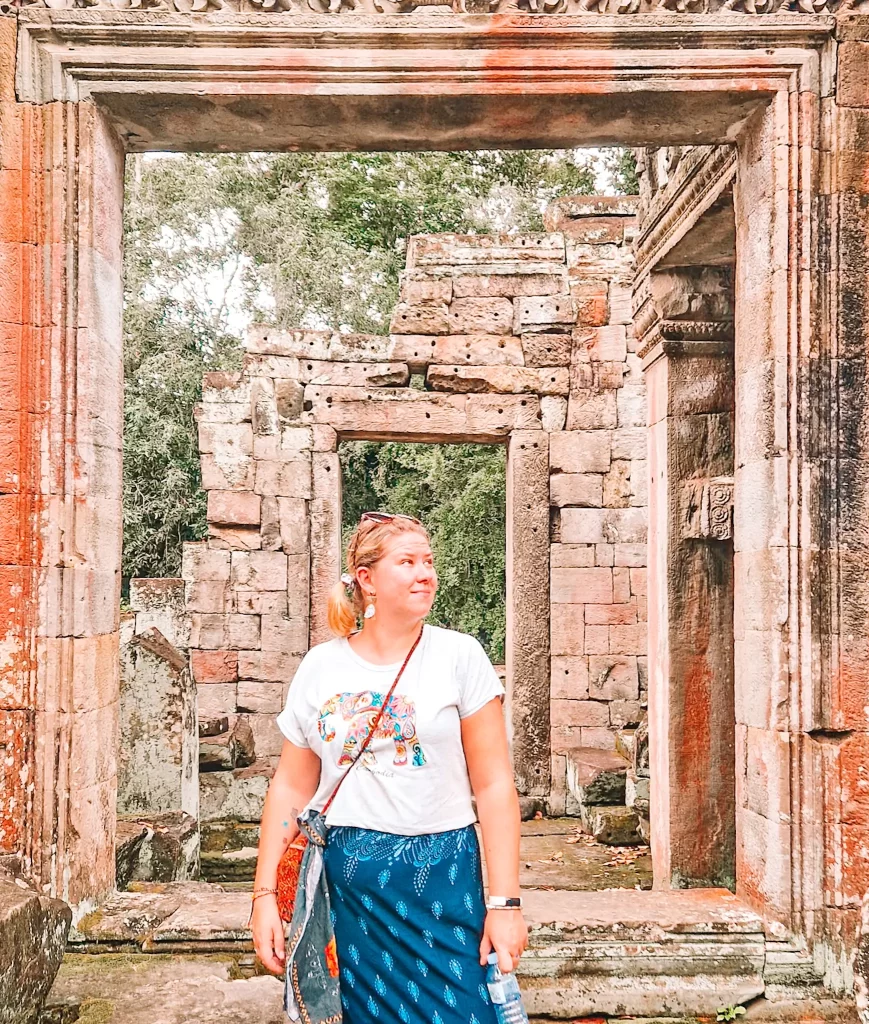
I absolutely loved Neak Pean. This man-made island is set in a huge reservoir, and after you’ve crossed the busy bridge, you get a real sense of how peaceful this island would have been in its heyday. Banteay Srei is also beautiful and unique.
The Grand Circuit feels more off the beaten path, and I highly recommend it if you have time. It’s a long day though – be prepared to sweat a lot!
See the most beautiful sunset on Tonle Sap Lake
Cost:
- Tour, including guide and transport: $15
- Mangrove forest boat – $5
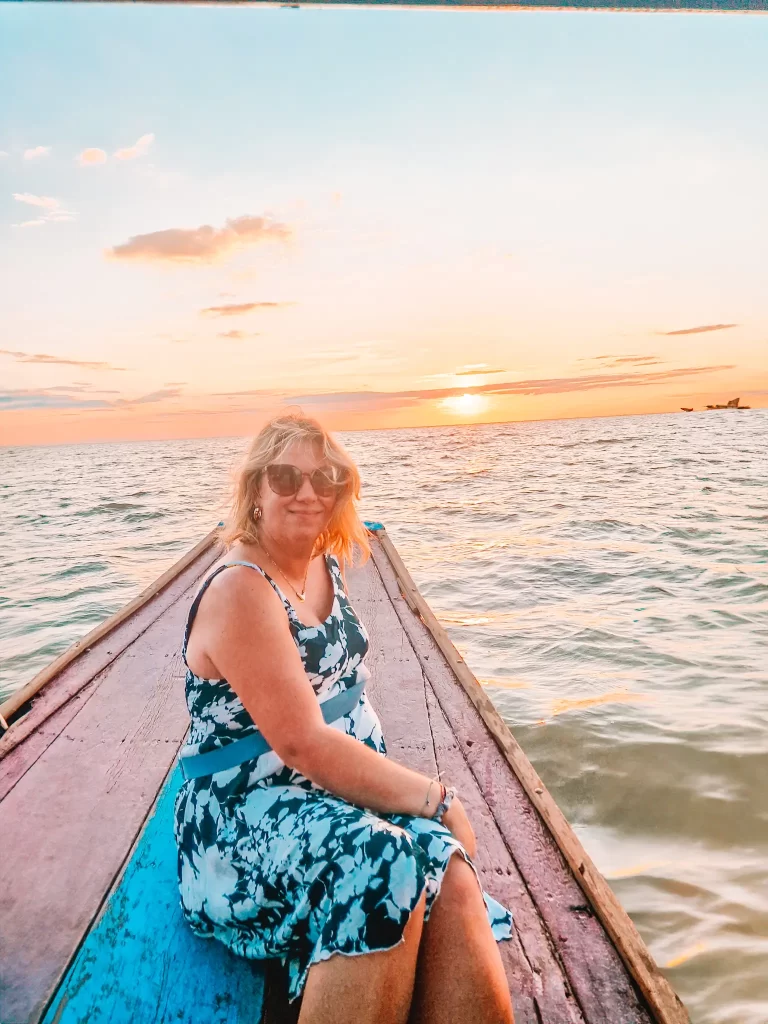
There are lots of things to do in Siem Reap other than temples, and visiting Tonle Sap lake is another must-do in Siem Reap. It’s the biggest freshwater lake in South East Asia and a UNESCO registered biosphere.
The lake’s size fluctuates with the Mekong’s seasonal floods, but it’s accessible year-round. The best way to visit is to take a boat trip out for sunset, but morning options are also available if that fits your schedule better. I also used Journey Cambodia for this tour.
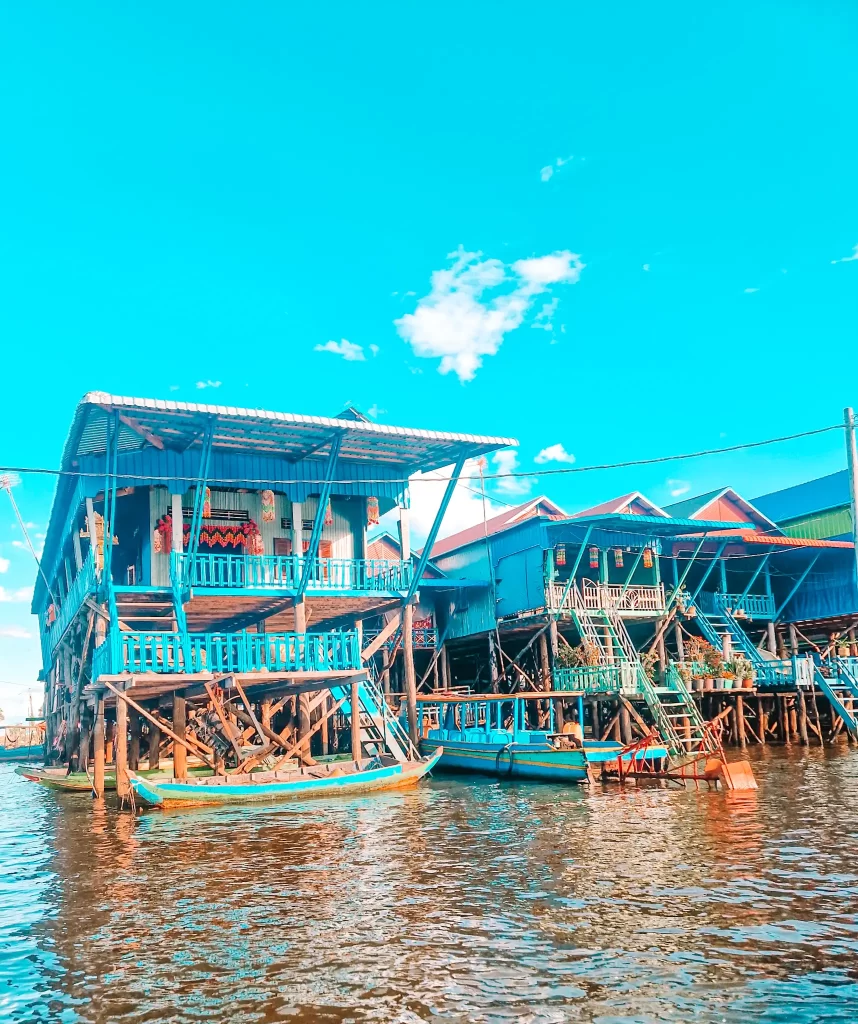
Tonle Sap is famous for its floating villages, where people have lived for generations. These villages are moving into the 21st century. While the locals are keen to stay in their traditional communities, the villages now have running water and electricity. Your boat trip will also take you past schools and hospitals, all floating on the lake. Visiting the floating villages is a unique experience to see a completely different side of Siem Reap and nothern Cambodia.

After visiting the floating village, you’ll have an opportunity to take a short sunset boat ride through the mangrove forest. This was a magical journey, with golden light filtering through the trees. The fee goes directly to the villagers, primarily women, who are rowing the boats.
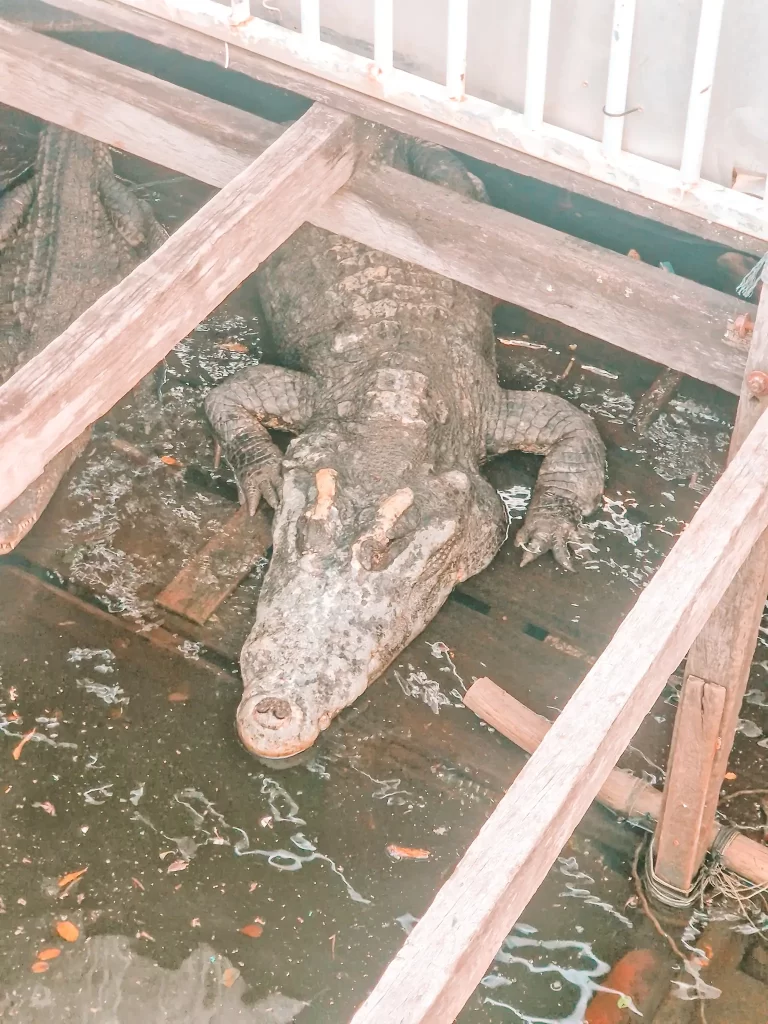
After a quick visit to a crocodile farm, you’ll then float out into the main part of the lake for sunset, watching as the sun disappears behind the horizon. For those who want a drink, local vendors sell snacks and beers from their boats. The sunset is among the most incredible I’ve seen in Asia, on par with the Huffington Post-recommended sunset in Kota Kinabalu in Borneo, the 4000 Islands on the Mekong in Laos, or the sunset over Mount Fansipan in Sapa, Vietnam.
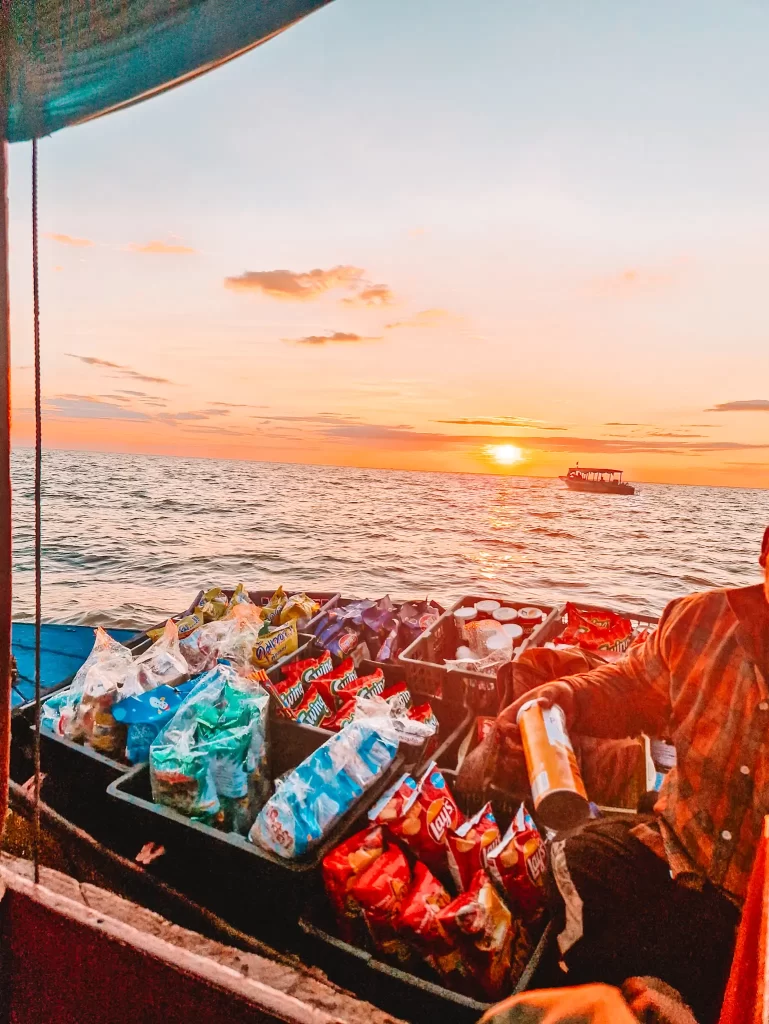
Visit one of Siem Reap’s landmine museums
Cost:
- Apopo: $10
- Cambodia Landmine museum: $5
While Angkor Wat shows you the ancient history of Cambodia, one of the most important things to do in Siem Reap other than temples is understanding the country’s dark modern history. While this isn’t as evident in Siem Reap as it is in Phnom Penh, there are still opportunities to understand the devastating impact of the Khmer Rouge, Cambodian Civil War and the Vietnam War on Cambodia, and how they continue to influence Cambodian life today.
Like COPE in Vientiane, a visitor centre showing the impact of unexploded ordnance, there are two excellent museums in Siem Reap which highlight the ongoing impact of land mines in Cambodia. I recommend visiting at least one of them.
- Apopo – you’ll see signs for this museum everywhere in Siem Reap. The famous Apopo rats are trained to seek out landmines, helping trained workers to destroy them across Cambodia. I didn’t end up visiting Apopo, but I heard universally great things about the experience.
- Cambodia Landmine museum – this museum, which is within the Angkor complex, is far less advertised and less touristy than Apopo. However, what it lacks in branding is made up in raw emotion. It’s run by a former Cambodian child solider, Aki Ra, who was orphaned at a very young age and ‘joined’ the Cambodian army at 10. After the fall of the Khmer Rouge, he dedicated his life to removing land mines across the country, initially on his own with no specialist equipment. The museum tells the story of his life and how this important work continues today in line with international safety standards. This was an enormously emotional visit – Aki Ra was there himself, as were members of his family who now help to run the museum.
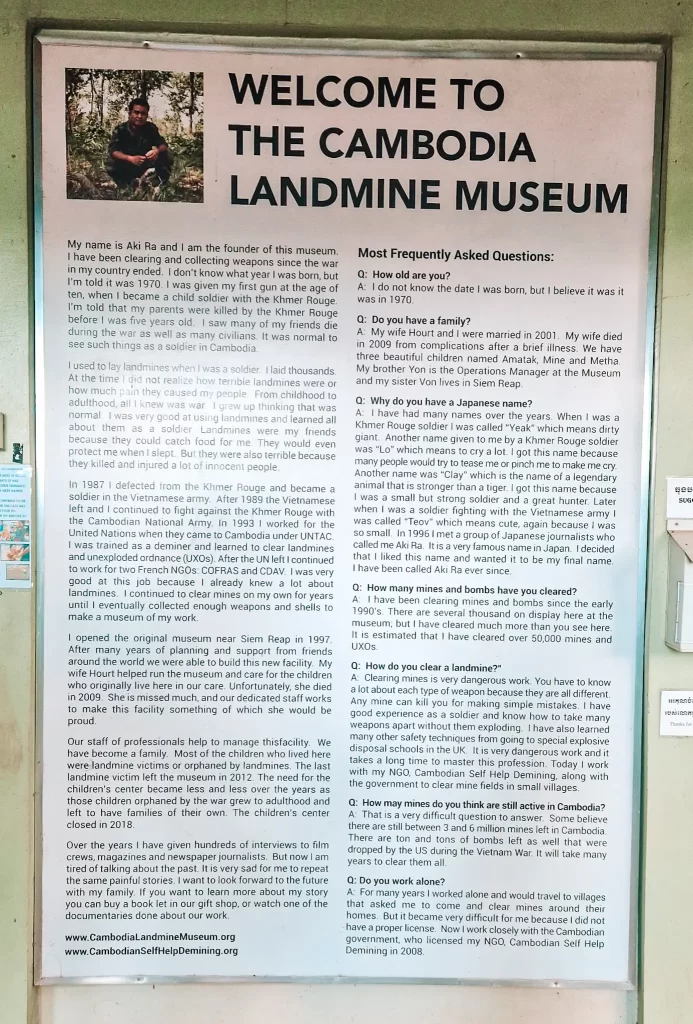
If you’re interested in learning about ongoing demining efforts, or you have kids who’ll love the rats, Apopo is a great choice. For a deeply personal and emotional story of survival and activism, visit the Cambodia Landmine Museum.
Visit Siem Reap’s social enterprise cafes
Cambodia’s recent history, and enduring poverty, means that there are a number of amazing NGOs and social enterprises working across the country. Siem Reap has fantastic cafés that reinvest their profits into the local community. I visited two standouts:
- Sister Srey: this famous cafe has a beautiful spot on the riverfront. Offering delicious western brunch-style food as well as coffee, Sister Srey funnels all its profits back into the Apopo land mine project.
- Common Grounds: over in a less touristy part of town, Common Grounds provides jobs and training to young Cambodians, mostly from remote villages. In addition, their profit goes back into humanitarian projects. This cafe was much quieter than Sister Srey, and when I was there, there were lots of locals using it to work.
Go shopping
Siem Reap is a great place to do some souvenir shopping, with options for any budget. Take a break from temple-hopping to explore these shopping spots:
- Old Market – this big market complex on the bank of the river is everything you’d expect from a market in South East Asia. The stalls around the outsides are full of tourist wares, while those further in are aimed at locals. This is a great place to get your elephant pants, or a cover up for visiting Angkor Wat. There are stalls selling clothes, souvenirs, jewellery and everything else you could want to take home with you. My favourite was a little further inside: a small eco soap stall selling handmade soap, shampoo bars and face wash bars.
- Made in Cambodia market this beautiful little spot is a bit further away from the centre of town. It offers high-end, handmade Cambodian goods—perfect for unique, quality souvenirs if your budget allows.
- Kandal area – this is a small street away from the main tourist centre of town, full of high-end stores. Here you can find hand made textiles and jewellery for the really high end budget.
Visit some of Siem Reap’s Instagram-worthy cafes
Beyond the two social enterprise cafes mentioned above, Siem Reap has a thriving cafe scene. Like Chiang Mai in Thailand, Penang in Malaysia and Da Nang in Vietnam, Siem Reap is rapidly becoming a hub for digital nomads, and has the coffee scene essential to power them. There are tons of cafes which are great for working, as well being really beautiful, and these were my top three:
- Red Fox – in the Kandal area, this gorgeous cafe is set over multiple floors and has some of the best coffee in Siem Reap. It has excellent aircon (a must while I was in Siem Reap) and great food.
- Brolaom – this newer cafe, on the other side of the river, was a beautiful quiet oasis. It had some of the best coffee in Siem Reap and was a great place to do some work. It also had a wide selection of coffee drip bags, which are one of my favourite travel items because they let me make a coffee in bed in the morning!
- Biolab – a big space also on the other side of the river, Biolab is absolutely great for working. It even offers printing services! I loved the coffee here but was a bit underwhelmed by the food – definitely one that’s more suitable for a morning of working.
Enjoy delicious Cambodian food
Another must-do in Siem Reap is trying all the culinary delicacies the city has to offer, including Siem Reap’s street food! Siem Reap has dining options for every budget, from street food to luxury restaurants. I stuck to budget-friendly spots, and these were my favorites:
- Angkor Hand Pulled Noodles and Dumplings – this unassuming noodle spot has incredible stir fried noodles and noodle soup. With a 4.9 on Google Reviews from over 500 reviews, you know it’s going to be good!
- The Brother Bong Restaurant – this little street food spot on the river front was busy every night in Siem Reap. Make sure to stop by for incredibly cheap, tasty food. You’ll feel like a local, as the restaurant was filled with both tourists and families from Siem Reap.
Soak up the vibes on Pub Street
Whether you love or hate it, Pub Street is the heart of tourist Siem Reap. This pedestrianised street is full of pubs and restaurants aimed at the Angkor Wat crowd, with many offering outside seating. It comes alive at night, with lights, bars and parties until the early hours. However, that’s not my scene, and I most enjoyed sitting here for a late afternoon beer, watching the world go by as the sun set.
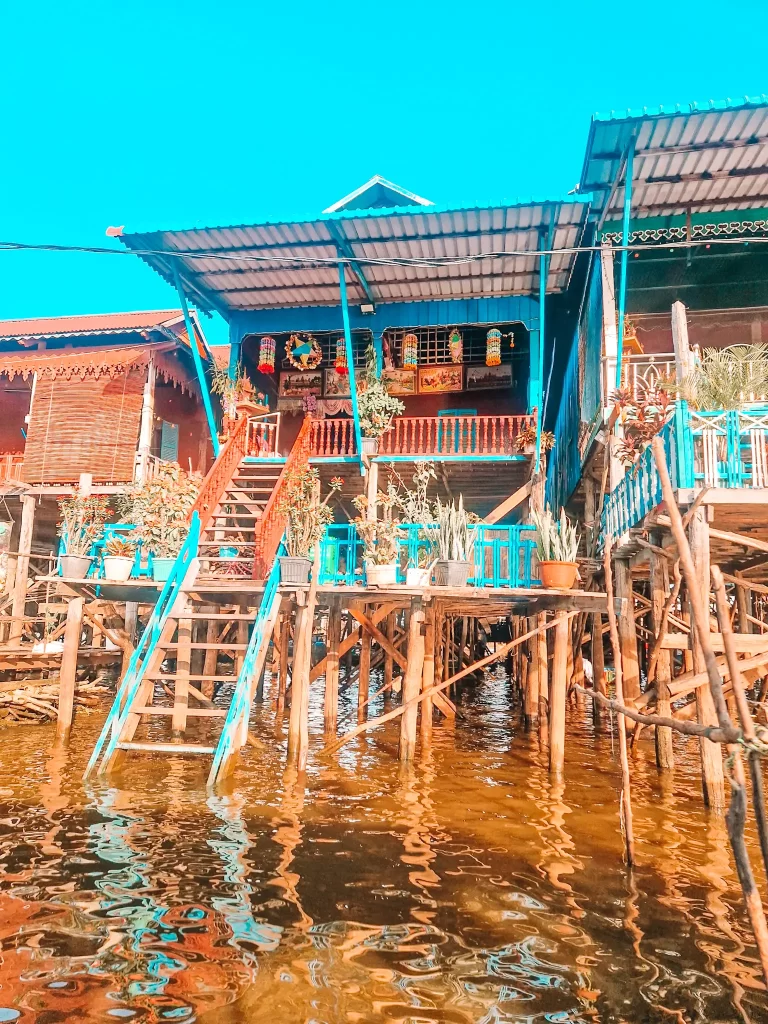
Frequently asked questions
How to get to Siem Reap: Air
Siem Reap has its own international airport, Siem Reap Angkor International. This is a new airport that opened in 2023 and isn’t to be confused with the old Siem Reap International, which was closed because it was damaging Angkor Wat. It offers both domestic and international flights, including from tourist favourites such as Hanoi and Luang Prabang, and Asian hubs like Bangkok, Singapore and Kuala Lumpur.
This modern airport was built to accommodate international travelers and is expected to have excellent facilities, though I haven’t personally used it. Siem Reap Angkor International is about an hour from the city, farther than the old airport. There are a number of ways you can get from the new airport to town:
Official airport taxis – $35
Shared shuttle services bookable on 12goasia – approximately $12 – recommended for budget travellers
Grab fares start at $19, varying by time of day and demand. – recommended for mid-range travellers upwards
Official airport shuttle bus – approximately every 1.5 hours, to the CDF Duty Free store. This is on the opposite side of the river to most hotels and hostels, so you will likely still need a tuk-tuk once you’ve arrived. $8
How to get from Phnom Penh to Siem Reap
Approximately 6 hours by bus
$8-$20 depending on the bus
Flights also available – 45 minutes
Getting from Phnom Penh to Siem Reap is easy, and the best option is by bus. Consider balancing cost with comfort—six hours in a cramped minivan is very different from a reclining-seat bus! If your budget allows, I recommend the Vireak Buntham/VET airbus (see below).
You can also fly from Phnom Penh to Siem Reap, which is a 45 minute flight. Remember that while this might feel short, it’s likely to take nearly as long once you factor in travel to/from the airports, and check in times. You can book flights with AirAsia and Cambodia Angkor Air.
Other internal destinations to Siem Reap
Bus from Battambang to Siem Reap – approximately 3 hours, $10
Bus from Sihanoukville to Siem Reap – Approximately 8-12 hours depending on the type of bus, $30
Bus from Kampot to Siem Reap — approximately 10 hours, $25
Cambodia has an extensive bus network that covers a wide variety of destinations across the country. All prices above are approximate, and vary depending on the type of bus chosen. Check out the vehicle type and reviews to see if you’re getting the level of comfort you want, especially for longer journeys.
From Laos to Siem Reap
Many travelers arrive in Siem Reap from Pakse or the beatiful and serene Don Det, in Laos. This journey is more complex due to the land border crossing and rough roads!
There are two companies offering this service, and I would recommend using one of them to make this long journey as seamless as possible.
Asia Van Transfer Reliable and established
Use low-comfort minivans
The OG of the Cambodia-Laos border crossing. They offer a through-service that provides a van from Pakse or Don Det to the Laos border. After passing through Laos immigration, you walk across the bridge to Cambodian immigration. A mini van then takes you to a restaurant in Stung Treng, the nearest Cambodian town to the border. After a short wait, you pick up another van to take you to Siem Reap. The last hour of the journey has rough roads — bring motion sickness medication if needed.
VET Airbus Established company, but new to this route
Extremely comfortable buses
This is a new option, which started around October 2023. I only found out about this after I’d booked my Asia Van Transfer ticket, which was non-refundable. If I’d been able, I’d have taken the VET Airbus! While I can’t comment on whether they are as good at getting you across the border, I can confirm that the bus is much more comfortable. They also use the same bus to go right through, which suggests that the journey will be shorter and less drawn out. You might even have the bus take you across the bridge, which, given the intense heat, would be amazing!
Bus companies I used in Cambodia
After reading reviews and taking tips from other travellers, these are the bus companies I used while in Cambodia:
Vireak Buntham – the biggest provider of buses in Cambodia, with extensive routes and times. Vireak Buntham offer different vehicles – check the vehicle type before you book tickets. I used their minivan, which was very comfortable, and a less comfortable mid-sized bus called a Coaster.
Vireak Buntham VET Airbus – I also used Virek Buntham’s new airbus to go from Phnom Penh to Battambang, which is also available from Phnom Penh to Siem Reap. This new service is modeled after Vietnam’s famous VIP buses. The bus was serious luxury – like travelling business class. The hostess even brought me a coffee! If you want to travel on these, book in advance – they get sold out quickly!
Giant Ibis – a smaller company which offers certain routes, including luxury VIP buses on longer journeys. Giant Ibis made a point of saying on their website that they always have two drivers on board, and encourage drivers to drive slowly to promote safety.
Siem Reap lacks a central bus station—buses drop passengers at their respective company offices. You’ll then need to take a taxi or Grab or tuktuk to your hotel, which are widely available. If you’re using a tuk-tuk or taxi outside of Grab, agree on the price beforehand.
Where to stay in Siem Reap
There’s absolutely no shortage of places to stay in Siem Reap for any budget. Siem Reap is a city made for tourists, and it shows in the proliferation of hotels across the city.
I recommend staying near, but not directly next to, Pub Street. This is the vibrant heart of Siem Reap—ideal for nightlife lovers, but those seeking tranquility may prefer staying slightly farther away. Pub Street is also near the Old Market and the river. I also recommend a hotel with a pool if your budget allows – Siem Reap can be intensely hot, and it’s likely that you’ll want to rest and relax after your 4am Angkor Wat sunrise experience.
Highly rated options include:
Siem Reap Comforts Hostel – this is definitely a hotel, rather than a hostel, but it is a budget offering with a pool. Near to the centre, with a glorious noodle restaurant almost next to it, I really loved staying here. Rooms were huge, it was clean, and the staff were great. The only minor issue was a handheld shower head, which is common in many Asian accommodations
Smiley’s Guesthouse – offering budget rooms with a pool, this guesthouse is a little further out of the centre of town, but still only a 12 minute walk to Pub Street. Reviews suggest it’s quiet, but that there are cafes and restaurants close by. Note that the cheapest rooms don’t have aircon.
Siem Reap Urban Boutique Hotel – right in the centre of the action, this mid range hotel has excellent reviews and a pool.
Golden Temple Residence – this luxury complex was highly rated by people I met on my Angkor Wat tour. In the same area of Siem Reap, it offers real luxury with at a reasonable price tag. My new friends spoke of little details that made their stay special, like little stories delivered as part of their turndown service each night.
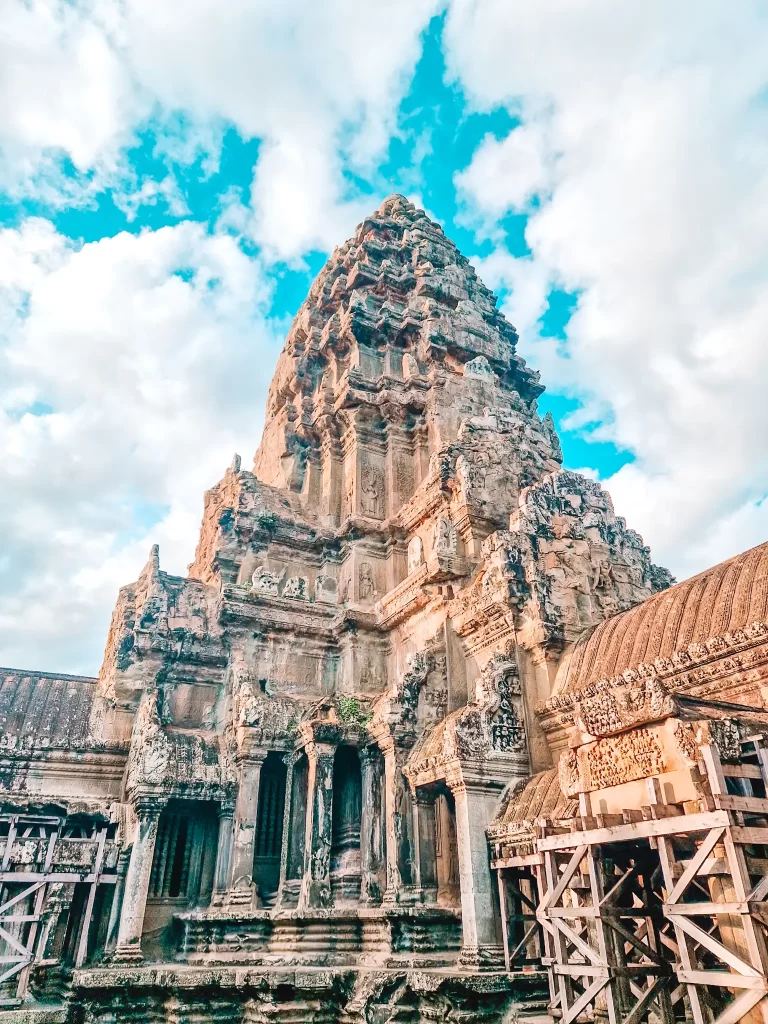
With its mix of ancient wonders, lively city life, and warm Cambodian hospitality, Siem Reap is a destination that leaves a lasting impression. Whether you’re watching the sunrise over Angkor Wat, unwinding at a boutique hotel, or diving into the local food scene, there’s no shortage of unforgettable things to do in Siem Reap. Now that you know how to get there, where to stay, and how to navigate the city, you’re ready to start planning an incredible adventure in one of Southeast Asia’s most captivating destinations.

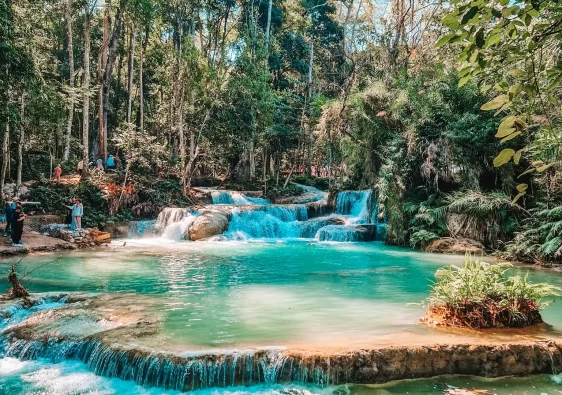
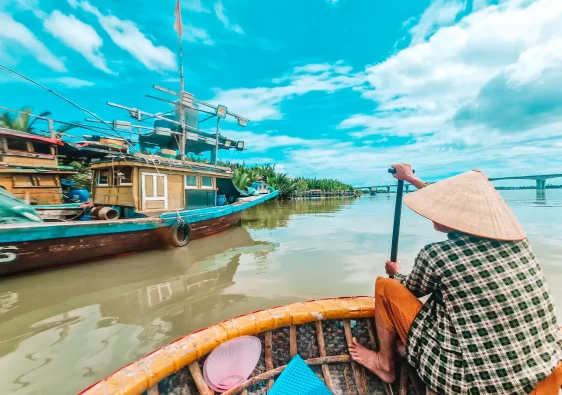
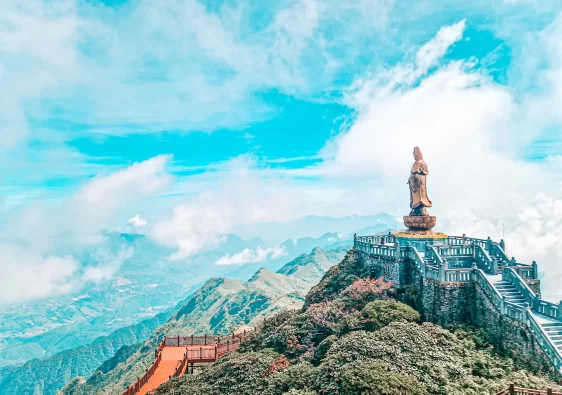
Such a great guide to Siem Reap! Absolutely you need to give yourself time to have breaks when visiting the temples. They can become super long days. We ended up spending two weeks there and are considering going back. It’s such a wonderful place to visit.
Oh wow, two weeks, that’s amazing! I really loved it as a city and I’m also thinking of going back, it just has everything you need for slower travel.
What a lovely overview.
Thank you!
What a great comprehensive guide my friends and I are currently looking to visit Cambodia this year as part of our annual big yearly trip so I have forwarded your post to them. Love the post breakdowns and all the images, glad I found your website.
Thanks, I hope you and your friends make it! I really loved it as a city 🙂
Looks like an amazing experience. Thanks for the recommendation on staying 3 or even 4 days to be able to explore the area without being so rushed.
I really think slower travel is better wherever possible! Obviously it’s not always an option though 😟
This is an in-depth look at Siem Reap and Angkor Wat. We were there in 2015 but would jump at the chance to visit again. You mentioned a few things we missed, so I’ll pin this for future reference. Thank you
Thanks Kelly! Hope you get the chance to go back!
[…] find other cities with great cafe culture in South East Asia? Try this guide featuring some of the best coffee shops in Siem Reap or find out how to do a coffee making workshop in […]
What a fantastic guide. I love that you shared about social enterprises. I would enjoy visiting Angkor Wat with a local guide to get the whole immersive experience. I hope I can visit Siem Reap in Cambodia.
Lots of helpful comments in this post! Since I recently spent four weeks in Siem Reap, I’d like to add two recommendations for your readers.
1) Peace Cafe is another lovely place to get a nice coffee/tea/juice, have a bite to eat, support local artists and crafts makers by shopping in the small store, relax in the cool shade of trees in the garden, and even take in a yoga class or cooking class! (https://www.peacecafeangkor.org/)
2) For visitors to Angkor who want to see the temples, but also have moments away from the crowds, rent a bike. There is a (mostly flat and mostly in good condition) paved bike trail running around the outer border of the entire Angkor complex. Note: Biking visitors will still need to purchase a pass. I found it to be an enjoyable way to explore temples at my own pace while getting in 25-30 km of quiet biking exercise.
[…] I’ve visited on my travels. It’s not particularly tourist friendly (at least compared to the gorgeous Siem Reap). It definitely feels like a city where modern Cambodians live and get on with their lives. So why […]
I loved watching the sunrise at Angkor wat but honestly visiting the floating villages at tonle lake was probably one of my favorite things to do in Siem Reap!
Oooh this is all fantastic! I would looove to visit Siem Reap (and of course Angkor wat!) It’s funny, I remember yeeears ago when friends visited, they mentioned the food was not amazing, but that the temples were still worth the visit. It is great to hear that now the area is good for foodies as well 🙂
p.s. I have a feeling you would love the podcast about the Khmer on the fall of civilizations podcast. It is sooo well researched and interesting. It must be even better if you have visited and explored the area!
So many fantastic and interesting things to do in Siem Reap. Seeing the sunrise at Angkor Wat and visiting the floating villages at Tonle Lake both sound and look appealing.
Such a great guide and I love the fun photo opportunities! Would love to visit here someday